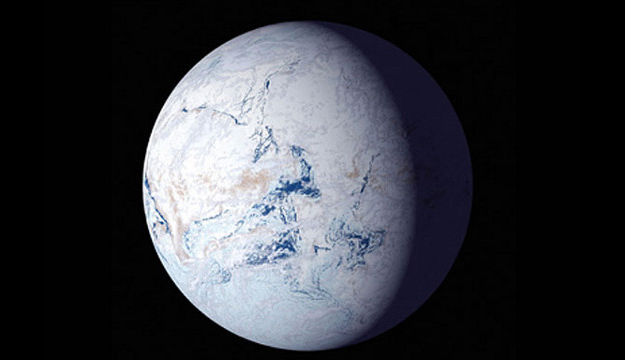ENVIRONMENT: Environmental Science students gain insight into a scientist’s take on planet Earth’s immense climatological history.
By Matthew Saenz, Editor
On Thursday, September 24, students of Mr. Jambretz’s Advanced Placement Environmental Science course (A.P.E.S.) attended a lecture at the University of California, Riverside (UCR) Extension Center given by renowned scientist, Dr. Paul Hoffman, Professor Emeritus of Geology at Harvard University. The presentation primarily focused on various scientists’ interpretation of dramatic changes in the Earth’s climate, and how Hoffman came to his own conclusions, a theory dubbed “Snowball Earth.”
Before delving into his personal findings regard climate change, Hoffman first explained the discoveries of Victorian-era scientists who studied climate before him. He first described the work of Dr. Jozef Stefan and his graduate student, Dr. Ludwig Boltzmann, who, in 1884, developed an equation to measure the effective temperature of Earth, which helped explain observed commonalities throughout Earth’s climatological history. The scientists found that the Earth has a natural tendency towards a constantly shifting climate, which is affected by the Earth’s rotation. Hoffman described their work as “immensely influential” on his own work because it quantified the correlation between the formation of glaciers and Earth’s rotation.
Afterwards, Hoffman described the work of scientists during the “Scottish Glacial Revival,” a fourteen year period of immense advancement in the field of climate studies. In particular, he discussed the findings of Dr. John Tyndall, who found that small variations in gas levels could explain all climate variations ever found, which Hoffman described as key to understanding the “global warming” phenomenon — any increase in carbon dioxide gas results in climate variation.
After describing the prior work of these scientists, Hoffman discussed his own climate theory, Snowball Earth. The Snowball Earth theory essentially holds that the Earth at one point was completely or nearly frozen but eventually warmed in accordance with the Earth’s axis. This phenomenon explains glacial sediment deposits found in tropical regions. Hoffman believes that, though this ice served to entomb Earth, the greenhouse heat-wave (influenced by gas particles) that followed helped complex animals, including humans, evolve. Hoffman believes this theory has great implications on how scientists view the evolution of species, joking that “we all came from snowballs.”
To the students in attendance, this lecture served as a tremendous opportunity to gain insight into the amazing history of Earth’s climate.

